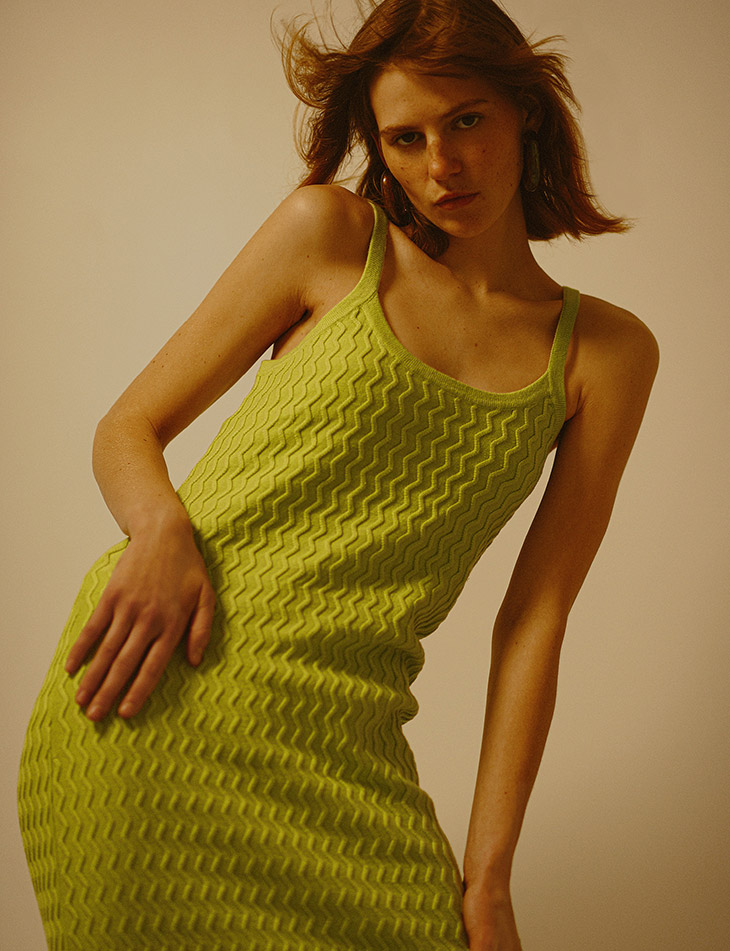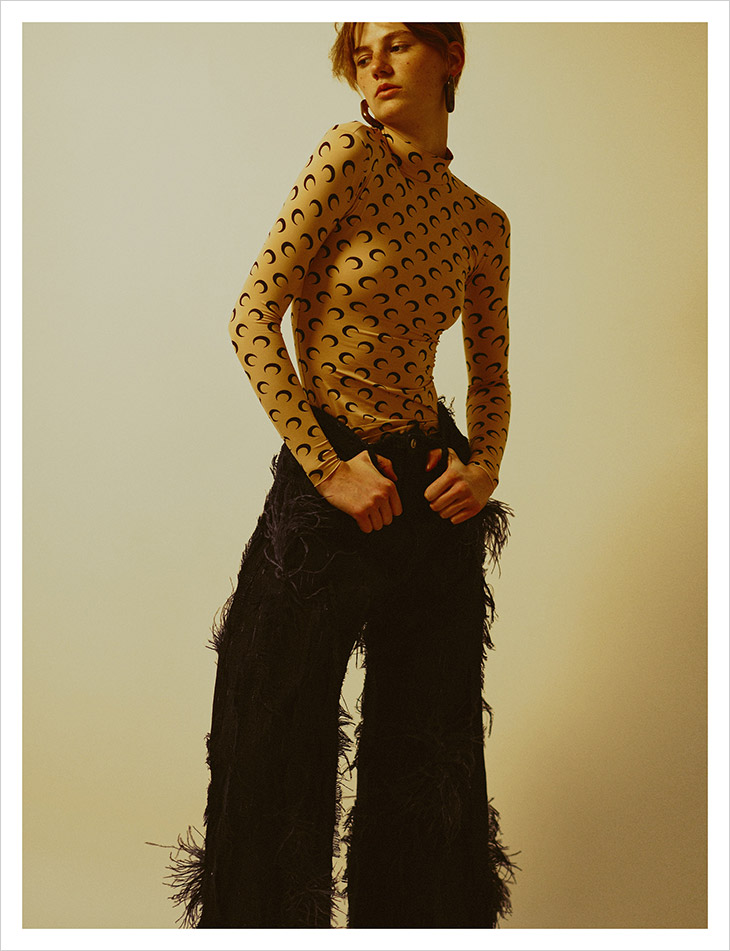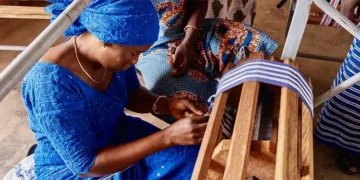
Being fashion-forward is a priority for many different people. Even if you don’t represent the fashion industry, we all like to look good and feel great. Shopping and searching for new clothes is exciting for many different people. And we all know the feeling of finding a great piece to add to our wardrobe. However, unsustainable fashion practices are bad for the environment and laborers.
SUSTAINABLE FASHION
Finding sustainable fashion is important to protect human and environmental rights. But without knowing the right tips and tricks, sustainable fashion can be too expensive to maintain daily. Thankfully, there are ways to ensure that your clothes last and look great. Sustainable clothes that don’t break the bank provide the best of both worlds. Let’s take a look at how to find sustainable wardrobe pieces that are fashion-forward but don’t cost an arm and a leg.

1. Find Timeless Classics
A large part of fashion waste comes from purchasing trendy clothing that quickly goes out of style. This leads to a lot of clothing items that don’t have long-term value taking up space in your closet. Then, when the fashion trends change, clothing is thrown out or gotten rid of. When clothes don’t have longevity, more fashion waste is created. Therefore, it makes sense that finding timeless classics will cut down on overall fashion waste.
Classics don’t have to be clothing that you would wear every day. Classics can include nice dresses, silk pajamas, or statement jackets. What matters is that the clothing isn’t just trendy at the moment, but will remain classic for years. By investing in special classics that will withstand the test of time, you will avoid fashion waste. This promotes sustainability and ensures that you don’t overspend on clothing that doesn’t last.
2. Build Out Your Basics and Staples
One of the biggest components of a well-built wardrobe is an abundance of basics and staples. Basics refer to pieces of clothing that can go with many different outfits. A little black dress, solid tops, high-quality jeans, and warm sweaters and cover-ups are all examples of basic staples. Basics help your statement pieces stand out and help take you from day to day. Basics can be worn on their own or in combination with other parts of your wardrobe.
By filling out your closet with basics and stables, you can avoid returning to the store year after year. You can instead buy a few different pieces and use your basics to build on. This all helps you reduce waste and support sustainability. You can also save money by keeping core components of your wardrobe for years. Basics can join your classics as timeless pieces that keep your closet fresh.
3. Search for Versatile Pieces
How many times have you opened your closet and realized you didn’t have the exact piece you were looking for? Or been planning an outfit in your head and realized you didn’t have the basics to make it work? A large part of reducing waste is finding quality, versatile pieces that can work in many different outfits. Think about different pieces that can have a variety of applications any time of year.
A simple cotton dress can be dressed down with a cozy cardigan or dressed up with jewelry and heels. A mid-length skirt can be worn at work or on a night out. Wrap dresses can be styled in many different ways for a plethora of occasions. And of course, a classic pair of jeans can fit any occasion. By finding versatility while shopping, you can keep your closet full of sustainable pieces and save money.
4. Put Sustainable Materials at the Forefront
A large part of sustainability is finding clothes made by sustainable methods. That means that laborers are paid fairly and dangerous methods are avoided. It also means that the types of materials used in clothing need to be ethically harvested and utilized. Certain types of clothing materials and dyes can cause major waste and damage to the environment. Finding clothes made from sustainable materials can go a long way in building sustainability.
Fabrics like recycled cotton, organic linen, and local hemp are all sustainable and safe for workers and the environment. You don’t need to sacrifice comfort and style to use sustainable materials. You also don’t need to break the bank. Search for brands that use sustainable materials but don’t overcharge you for purchasing.

5. Buy Recycled and Thrifted Clothing
Regardless of whether you are looking for basics made of sustainable materials, buying new clothes creates more waste. While this is unavoidable for certain situations, there are steps you can take to cut down on production. Purchasing recycled and thrifted clothes is a great way to cut down on production waste. You can also protect the environment from harmful dyes and chemicals.
Thrifting also allows you to find unique pieces that aren’t mass-produced. Vintage clothing can help you stand out and look great. You can also save on expensive new outfits by thrifting for second-hand clothing. Changing your attitude and being willing to find recycled and thrifted pieces goes a long way.
Get More for Your Money
Buying clothes that are out of style by next year isn’t sustainable. When you don’t shop sustainably, you aren’t doing the best you can to protect environmental and human rights. By searching for fashionable looks that last, you can contribute to sustainable fashion practices. Stop throwing away clothes after just a year of use, and look into more affordable and sustainable options. Your wallet and the environment will thank you.



















